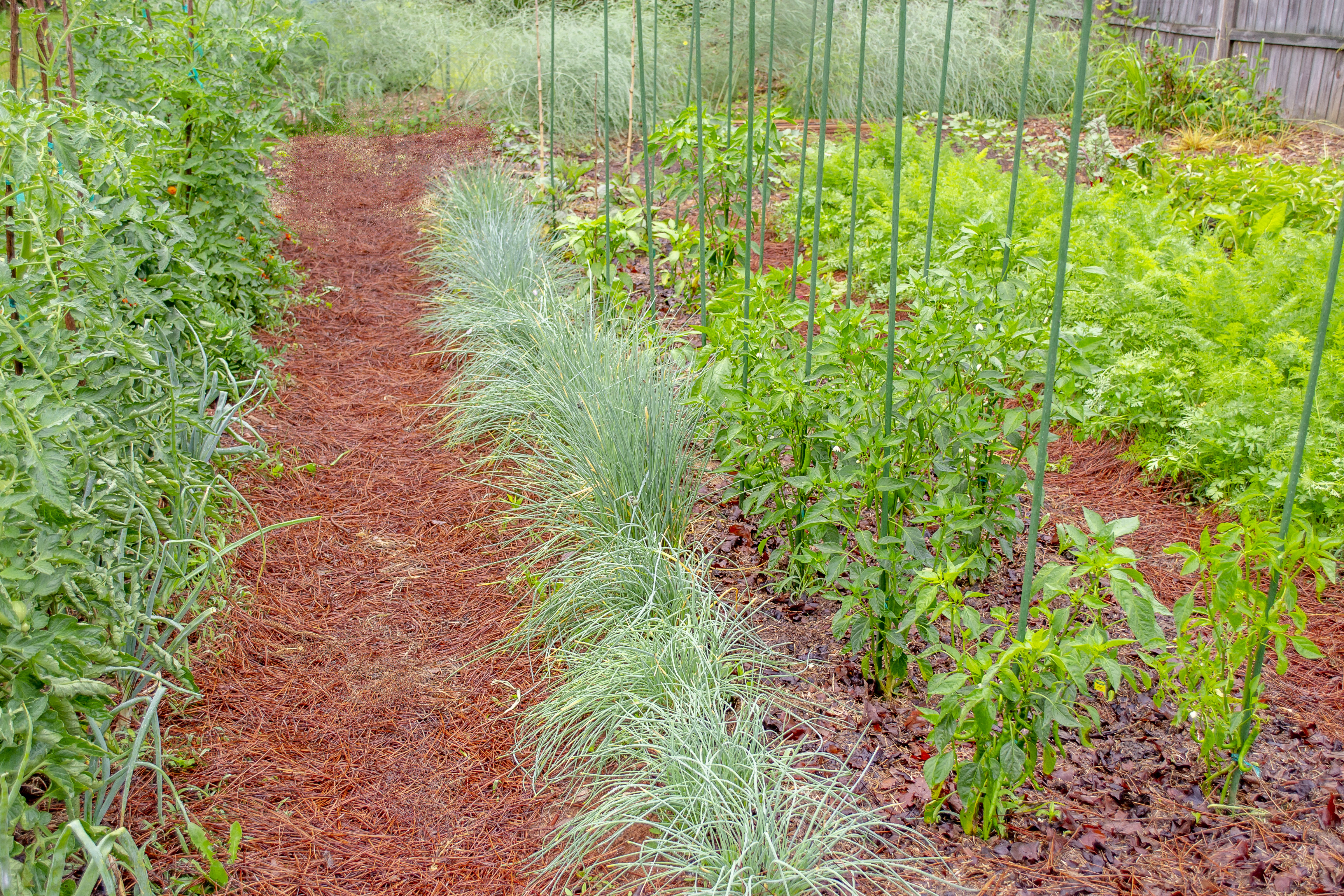How to Start a Vegetable Garden From Scratch
Gardening can be one of the most enjoyable hobbies. It gives you a reason to spend time outside and it feels good to see your plants grow and thrive in your garden. When you start a backyard vegetable garden, you also have the additional benefit of producing healthy food for your table.
You will need to research how to start a vegetable garden from scratch if you have never had one before. This will include learning gardening tips and getting to know the types of plants you may choose to grow. You’ll also have to learn about picking a good location for your veggie garden and how to lay the plants out.
In this post, we are going to look at some of the steps you will need to take when starting a vegetable garden. These include selecting a location, choosing plant varieties, planning layout, and taking care of your vegetables once planted.
Select a Location
One of the first steps is to select a location for your garden. Think about the size of your DIY vegetable garden and pick a place that will have enough room for all of your plants. If this is your first time starting a garden, you might want to start small with plans to expand in the future.
You will also need to think about sunlight when selecting a location. Consider the movement of the sun and make sure your plants will get enough light. Another point is accessibility. If it is too far from the house or out of the way, you might get tired of going out to work on your garden. You may also want to consider getting a yard cart to help transport things like soil, plants, and other supplies.
Decide What to Plant in Your Backyard Vegetable Garden
When you are working on how to start a garden, you will need to select the right plants. Since this is a vegetable garden, you should begin by listing the vegetables you would most like to eat. When you are looking at these vegetables, consider how much space they need and the yield you can expect from one plant.
You will also need to consider whether you want to use seeds or seedlings for your DIY vegetable garden. Depending on the conditions, some plants might grow better from one or the other. Another idea is to rotate your crops. If you are up to it, you could get more yield from your veggie garden by planting cool weather vegetables in the spring and warm weather vegetables in the summer.
Plan the Layout
Deciding on a layout is an important part of starting a garden. If you have a large garden, you will want to plant in rows and make sure to leave enough room to walk between the rows. If you have limited space, you might want to consider a method like square-foot gardening. Square-foot gardening can be good for maximizing the potential of smaller areas.
Check Soil Conditions for Your DIY Veggie Garden
You want to start your veggie garden in rich soil. Obviously, you can add fertilizers and soil amendments to improve the soil, but it can be difficult to know what the soil needs. If you are unsure, you can take samples and then send them away for soil testing.
Weed Control
Weed control should be a priority when starting a vegetable garden. Before planting, you will want to remove any weeds that are in the garden beds. You will also want to check your garden for weeds regularly. Pulling up weeds is one of the best methods for working in a garden. If you can’t pull the weed, you could consider using an electric string trimmer to cut it down. You will just need to be careful not to damage any of the other plants.
Consistent Watering is Key to Starting a Vegetable Garden
Your vegetables are going to need plenty of water. When deciding on a watering schedule, consider things like the weather and the soil conditions. If you live in a place that is rainy, you might not need to water as often. However, certain types of soil can dry out quicker than others, so you need to account for the type of soil in your garden.
In general, it is better to water your garden a few times a week. A tool like the 20V Hydroshot Portable Power Cleaner can be good for watering a vegetable garden. It has a watering setting that creates a mist that is perfect for watering a vegetable garden.
As a final tip, make sure to keep up with garden tool maintenance. The right tools will make gardening easier, but they won’t work well and they might damage your plants if you don’t take care of them.
Find everything you need for your DIY vegetable garden at WORX!

